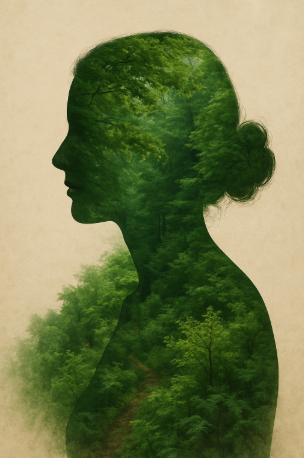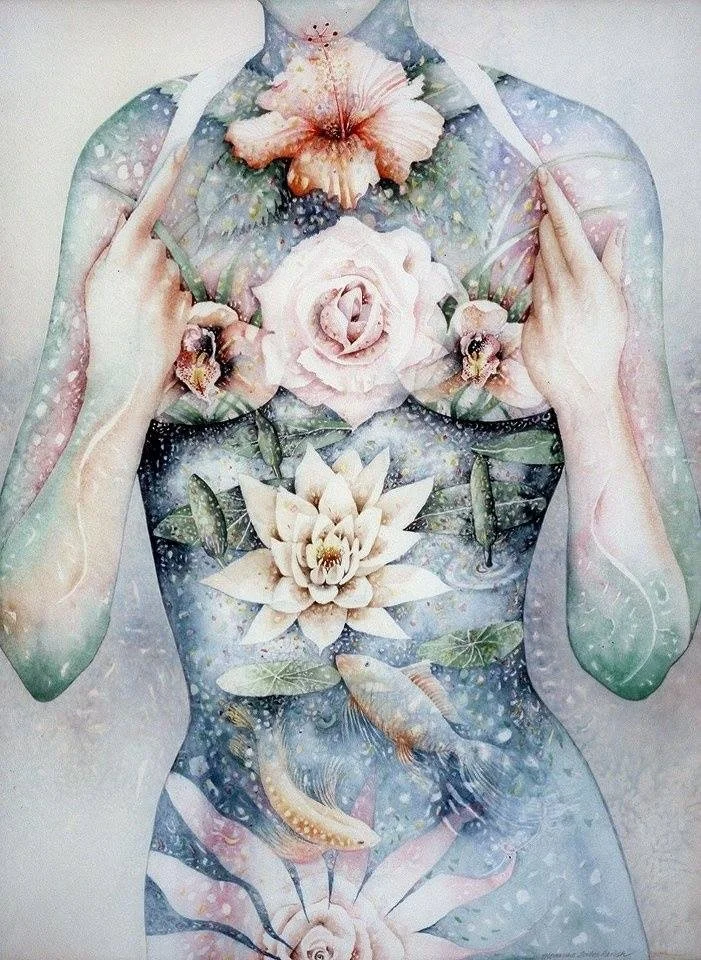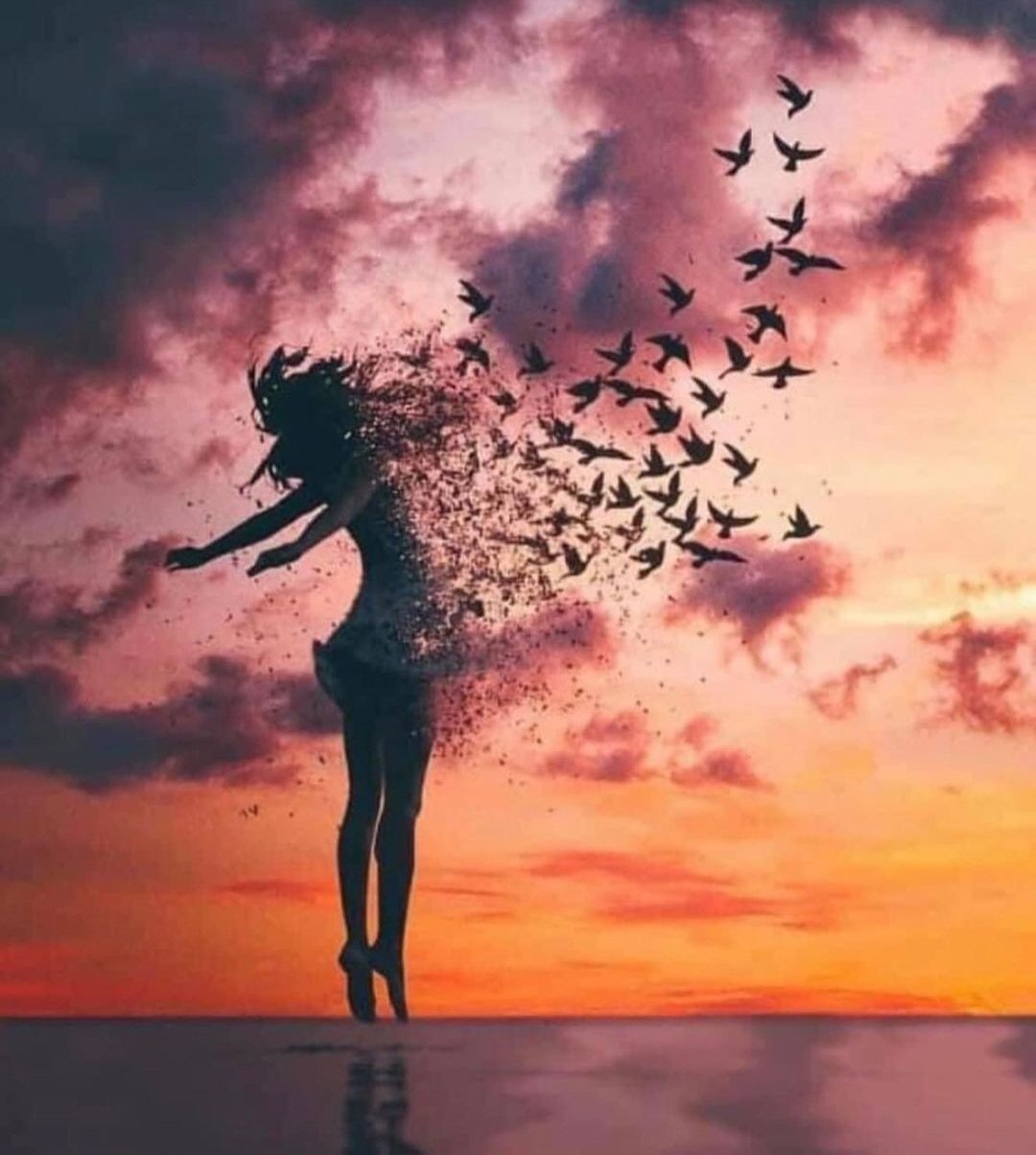I tend to work with a lot of high achievers who come to me in midlife in a quandary. They are either burned out, they have lost their motivation or they have lost their inner compass. They are incredibly capable people. Brilliant creatives, leaders and thinkers, the people everyone relies on to get the job done or come up with the solution.
When they come to me there is something fundamental happening underneath, deep in their system, that they can’t solve or workout. They have lost connection with their deepest needs and desires. Their emotions, what they value, what is important to them has become fuzzy. Something is wrong in their world and they cannot put their finger on it. They are overly tired or have lost their zest. This drives them crazy, they feel like a failure because they are so used to solving all the problems. They love solving problems and creating value.
It is a body in freeze.
For many of us, we are still functioning and functional freeze is the nervous system’s quiet survival strategy: a blend of dorsal vagal shutdown with just enough sympathetic activation to keep you moving, performing, achieving.
You look “fine,” you produce, you deliver, you impress people but you have lost connection with your internal world. You’re upright, responsive, competent but you feel dead on the inside. No real vitality, internal pulse or felt sense of self.
Digital Art - Kellie Stirling, People thawing their freeze
For many overachievers, this becomes the air they breathe until their body says No, not any more. Often it happens at midlife.
So how does this overachieving freeze pattern start?
Well most overachievers learned early in their life that there needs were either: inconvenient, ignored, criticised, overwhelming to caregivers, unsafe to express or simply too much.
So they adapted in the only way their system knew how, they turned down the volume on their body and turned up the volume on their mind. They became brilliant, fast processors, high-capacity thinkers. They became the problem-solvers, the responsible ones, the reliable ones.
But brilliance built on freeze has a cost. We stop listening to the signals from our body. We stop listening to the signs of tiredness, of what a NO feels like in our body. We learn to override our basic impulses. It is not coincidence. Is is a pattern.
Productivity culture is built on functional freeze.
We applaud over-functioning and self-sacrifice. We reward output and speed and we celebrate people who “just keep pushing through”. I think a lot of Gen X’ers learned to do this early, because in their teenage years they spent a lot of time on their own and just had to get on with life.
We call this excellent work ethic, resilience or commitment. But what if much of what we call “productivity” is actually a socially-validated freeze response?
I have had so many clients, mid forties to late fifties, post-menopausal, who make a big career change and then come to me saying, I don’t know what is wrong with me, I just feel out of sorts. I get stuff done, I am a doer. Nothing is wrong with any of them. Their body has just simply stopped cooperating with the override. Or guys who come to me and say they know their life has to change, they are on the precipice of existential change but they don’t know where to start.
When you have spent decades powering through the classic, go, go go. Your body has a way of bringing you back into right relationship with it. As we age, our hormonal cocktail starts to change and menopause has a way of stripping down and highlighting our compensatory strategies. The freeze structure that held everything together began to collapse. Remember the developmental challenge of midlife is radical honesty, come back to the truth of who you really are.
Gently and slowly we work together to slow down. My client's nervous system immediately start to show what they have been trying to outrun. The survival strategies that were created as children to stay safe aren’t working anymore. Their body is setting a boundary. The freeze is ready to be thawed.
This is why burnout in midlife spikes.
Women lose hormonal scaffolding that kept them overriding their body. and men hit existential thresholds where achievement can’t fill the inner void. Our careers peak while capacity starts to decline. Many parents carry the emotional and logistical load for teens and ageing parents. and many of us find the nervous system can’t run the childhood strategy anymore.
People think they’re falling apart. But what’s falling apart is the freeze, not the person. Burnout is both exhaustion and it’s the breakdown of the freeze scaffold. Burnout is the point where the body says, “I’m not going to keep doing this.”
Overachievers don’t lose their motivation they lose their override strategy. When the freeze starts to thaw, we start to feel all the things we have been pushing down for years. The anger, fatigue, hunger, sadness, longing, boundaries, desire and our No.
For many overachievers learning what a No feels like in their body can be a big revelation.
Many overachievers are very creative. They have lots of ideas. They get excited by their ideas, creatively, strategically, intellectually their mind is alive. They can get flooded by them too and want to put them all into action. Not doing so feels like a failure. Something I have learned personally that I help my clients with is our freeze makes us believe these ideas have to be acted on.
Every impulse becomes pressure, every spark becomes a project, every inspiration becomes responsibility something we feel we absolutely must do. This is where burnout can accelerate.
One of the most powerful shifts in my own midlife has been learning that you don’t have to act on every idea. You can feel it, sit with it and let it breathe.
Sometimes an idea is complete simply by being witnessed. Sometimes it is enough to journal it, or talk it through with a colleague or friend. Sometimes you just have to write it down and let it sit for a few months.
This is how you slowly retrain your system, that not every idea has to be acted on. You start to rewire your nervous system and you will notice that the compulsion to act will turn into more capacity. The pressure to act can turn into being present, and the need for action will become digestion.
To come out of functional freeze we work slowly, relationally and somatically. We learn to track micro-sensations and small pulses of movement. We learn how to set tiny boundaries, small steps at a time. We learn how to titrate our life. Small changes 1% more each day. We learn to enjoy receiving the co-regulation from our somatic therapists and/or coaches. We start to notice we are slowing down, 1% more each day and then we can recognise that rest isn’t a weakness it is a signal. We start to notice, that we are noticing how we feel and we let our ideas sit and percolate rather than having to act on them.
Most importantly we learn that our value isn’t earned by producing. Value is inherent because you are here, you are alive. Your body is your home, your garden, your temple. It is not a machine.
Your needs matter.




















